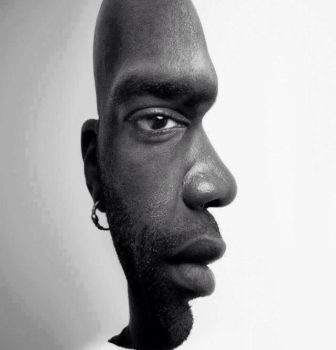We are doomed. At least that’s many people thought during the global financial crisis in 2007/08. The media and other commentators agreed.
I interviewed a number of business leaders at that time to see if they were throwing their hands up in the air and accepting the situation as it was being generally painted.
Actually, I was relieved to find that they were thinking quite differently.
In fact, many leaders viewed the global financial crisis as an opportunity. They had a basis for reducing costs. They found opportunities to buy other businesses or sell off unprofitable parts of their businesses. They were refocusing their strategies. In short, they were doing what leaders do, changing the game.
It was a good illustration of the point that there is no single way of viewing the world. Here were two starkly different and equally valid ways of viewing the same situation. But each world view produced very different outcomes.
“The way we choose to see the world creates the world we see.”
~ Barry Neil Kaufman ~
How we view the world is all important. The authors of The Three Laws of Performance suggest that our performance is in fact correlated with how we view the world.
Those leaders who viewed the GFC as an opportunity were more likely to embrace the challenge and find opportunities. Those who subscribed to the doom and gloom view were likely to avoid the challenge and miss opportunities as result.
Once we realise that there is no single view of the world, we are free to choose how to view people, situations and challenges. Leaders choose a view that enables them to change the game.
Where could you choose to view the world as an opportunity to change the game?
Best regards, Brian


